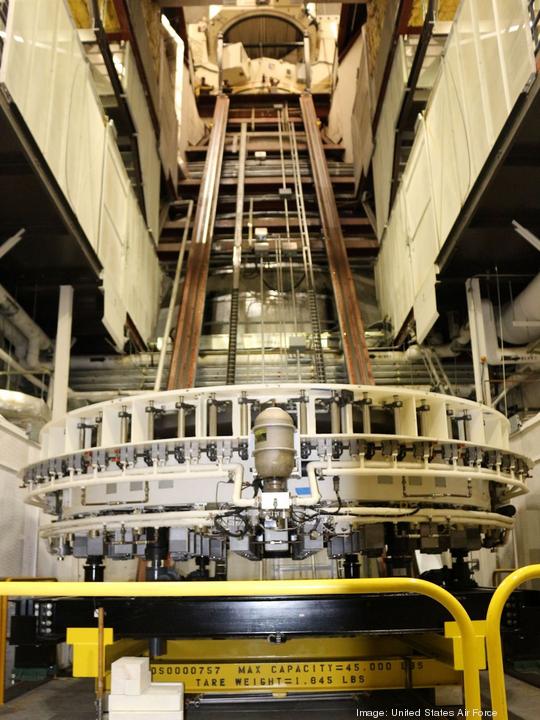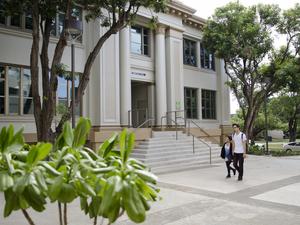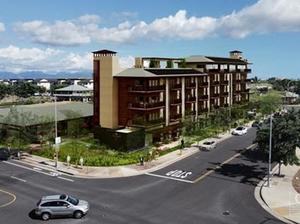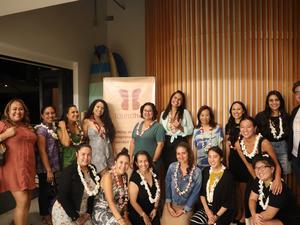
The Department of Defense’s largest telescope, which is located on the summit of Haleakala on Maui, has received a recoat of its primary mirror, officials with the United States Air Force announced Monday.
The Air Force Maui Optical and Supercomputing site’s Advanced Electro-Optical System is 11.9 feet tall and is part of a series of telescopes called the Maui Space Surveillance System. The system is used by the U.S. Space Force for space domain awareness, which recognizes space as a priority for advancing national security, according to the U.S. Air Force.
The project took a year of planning and four months to execute. The budget was just over $1 million, United States Air Force Research Laboratory Corporate Communications Lead Joanne Perkins told PBN in an email.
“I am honored to lead both of these critical functions that preserve our access to and freedom to operate in space,” Lt. Col. Phillip Wagenbach, squadron commander at the United States Space Force, said in a statement. “Periodic recoating of the AEOS’s primary mirror ensures readiness of the telescope to support the SDA mission for the warfighter. There is never really a good time to take the telescope out of service, but it is better to plan the recoat as a periodic maintenance effort than having to shut down the telescope due to catastrophic mission degradation.”
The AEOS telescope was originally coated in 1997, and the first mirror recoat was in 2008. Boeing staff performed the recoating along with support from government leadership, the facilities contractor and external experts, according to the U.S. Air Force.
“Large mirrors like the AEOS 3.6-meter should be recoated every four to six years, but performance requirements are highly dependent on the mission of the telescope,” Scott Hunt, technical director at the Air Force Maui Optical and Supercomputing site, said in a statement. “For our SDA mission, we have the challenge of detecting dim objects during the nighttime and performing imaging of satellites during the daytime. Typically, our SDA objects are brighter than astronomical objects, and therefore we can push the coatings longer than the astronomers can.”






